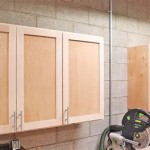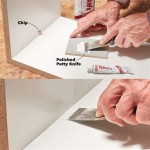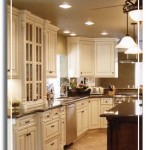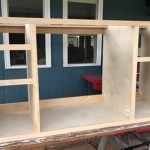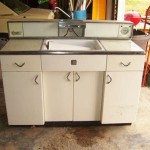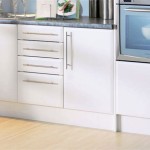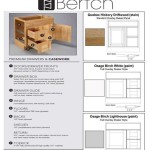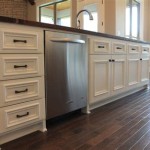Kitchen Cupboard Carcass: The Foundation of Your Kitchen Storage
The kitchen cupboard carcass, often overshadowed by the more glamorous aspects of kitchen design, plays a crucial role in the functionality and longevity of your kitchen. Serving as the skeletal structure of your cabinets, the carcass provides a stable and robust framework to accommodate your storage needs. Understanding the different materials, construction methods, and considerations involved in choosing a kitchen cupboard carcass is essential for building a kitchen that is both practical and aesthetically pleasing.
Material Choices for Kitchen Cupboard Carcasses
The choice of material for your kitchen cupboard carcass significantly impacts its durability, cost, and overall aesthetic. The most common materials used for carcasses include:
- Particleboard: This readily available and cost-effective material is often used for kitchen cupboard carcasses. It consists of wood chips or sawdust bonded with resin, making it sturdy and moisture-resistant. However, particleboard can be susceptible to water damage if exposed to excessive moisture, and it's generally not as strong as solid wood.
- MDF (Medium-Density Fiberboard): Another popular choice, MDF is composed of finely ground wood fibers bound with resin. It provides a smooth, consistent surface, making it ideal for painting or laminating. MDF is generally more moisture-resistant than particleboard and offers better strength and stability. However, it can be more expensive.
- Plywood: Constructed from thin layers of wood veneer glued together with alternating grain directions, plywood offers exceptional strength and stability. It is a durable and resilient material, suitable for high-traffic areas and demanding applications. Plywood is typically more expensive than particleboard and MDF but offers superior longevity.
- Solid Wood: For a truly bespoke and luxurious look, solid wood carcasses are a desirable option. Solid wood provides a natural elegance and can be stained or painted to match your kitchen's overall aesthetic. However, solid wood is the most expensive material and requires careful maintenance to preserve its integrity.
Construction Methods for Carcass Stability
The stability of your kitchen cupboard carcass relies heavily on the construction methods employed. Common construction methods include:
- Dowel and Glue Construction: This method involves using dowel pins and glue to join the carcass panels. It provides a sturdy and reliable connection but may require precise drilling for accurate alignment.
- Pocket Hole Construction: Pocket holes are small angled holes drilled on the inside of the carcass panels, allowing for screws to join them securely. This method is relatively easy to implement and provides strong joints.
- Mortise and Tenon Construction: In this traditional method, interlocking joints are created by cutting a rectangular mortise (hole) in one panel and a corresponding tenon (projection) on the other. It offers exceptional strength and stability but requires skilled craftsmanship.
- Box Joint Construction: This intricate method uses interlocking, finger-like joints to create a strong and visually appealing connection. While aesthetically pleasing, it requires specialized equipment and expertise, making it less commonly used for standard kitchen carcasses.
Considerations for Choosing the Right Carcass
Choosing the right kitchen cupboard carcass involves carefully considering your specific needs and budget. Here are some key factors to keep in mind:
- Budget: Particleboard carcasses are the most economical option, while solid wood is the most expensive.
- Style and Aesthetics: Consider the overall design and style of your kitchen. Solid wood offers a classic and luxurious look, while particleboard and MDF provide a more modern and contemporary aesthetic.
- Durability and Moisture Resistance: For high-traffic areas and kitchens prone to moisture, consider plywood or solid wood carcasses for their superior durability and moisture resistance.
- Installation Complexity: Dowel and glue construction and pocket hole construction are relatively easy to install, while mortise and tenon construction requires more specialized skills.
By considering these factors and understanding the different materials and construction methods available, you can choose the right kitchen cupboard carcass to support your storage needs and create a functional and stylish kitchen.
Kitchen Units Carcasses Made To Measure Lark Larks
Kitchen Cabinets Design Materials Smith
Cooke Lewis Oak Effect Standard Base Unit W 1000mm Diy At B Q
Carcass Only Floor Cabinet Center Mullion Ekitchens
1200mm Double Highline Base Units
Brown Modular Kitchen Cabinet Carcass For Home
Search Results For Base Unit Carcass 600mm
Kitchen Base Cabinets 101 Ana White
Simple Good Particle Board Kitchen Base Cabinet Carcass China Carcase Modern Made In Com
Goodhome Caraway White Base Unit W 500mm Diy At B Q
Related Posts

